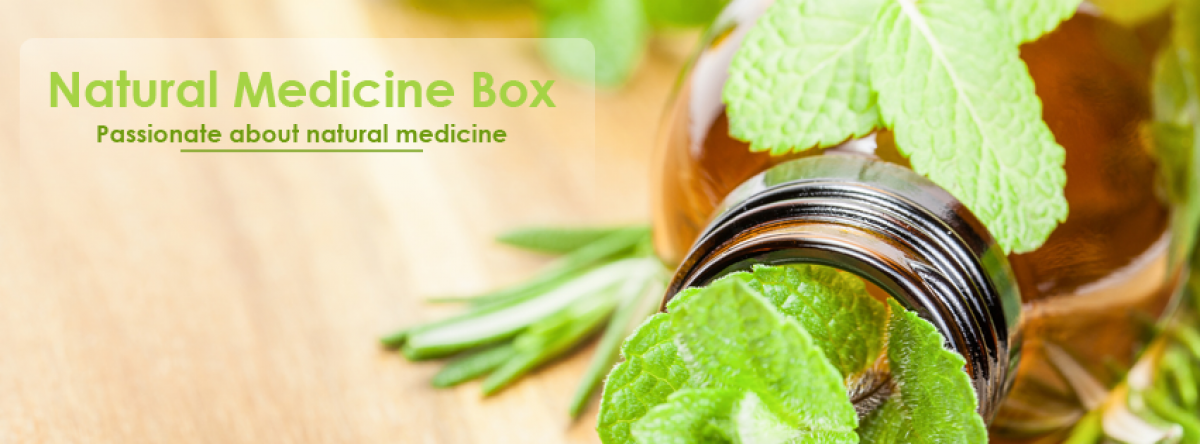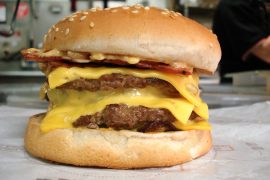
Some establishments are trying to clean up their act by serving healthier foods, lower in fat, salt and sugar. But, unfortunately, even the healthier options are not healthy because of the chemicals used in the processing of the foods. In particular the use of silicones, commonly used in household products such as shampoos and contact lenses.Personally, I would rather pay more money and have a real burger. A burger made with real food that does not contain a whole heap of chemicals to make it look and taste appealing. If you read further down you will be shocked to learn how long a MacDonald Burger bun lasts before it degrades.
These large conglomerates operate for pure profit only. They are not serving up food that is for the good of our health. Do you have an opinion on this?
McDonald’s, Wendy’s, and dominoes are very popular fast food restaurants. But, I bet you didn’t know they use a chemical in their food that is used in hair conditioner, shampoo, and silly putty. Polydimethylsiloxane (PDMS) is commonly referred to as silicones. PDMS is used as silicon-based organic polymer. You can find PDMS in contact lenses, shampoos, conditioners, caulking, lubricating oils, heat resistant tiles, and food (antifoaming agents). An antifoaming agent is an agent used to suppress the formation of foams in food.
The FDA has approved this chemical as a non-toxic chemical even though it is not biodegradable. PDMS is used in cooking oils and processed foods that you can buy at most fast food restaurants. It is also used as a stamp resin in the procedure of soft lithography. It is used a de-foaming agent which is used to suppress the formation of foams and is used as an herbicidal penetrant.
Do you put dimethylpolysiloxane, an anti-foaming agent made of silicone, in your chicken dishes? How about tertiary butylhydroquinone (TBHQ), a chemical preservative so deadly just five grams can kill you?
These are just two of the ingredients in a McDonald’s Chicken McNugget. Only 50 percent of a McNugget is actually chicken. The other half includes corn derivatives, sugars, leavening agents and completely synthetic ingredients.
There’s no doubt processed food like that from McDonald’s is not part of a healthful diet, and I’m grateful I’ve never had a chicken McNugget. But many Americans cannot say the same.
This sentiment was echoed by Federal Judge Robert Sweet in a lawsuit against the restaurant chain in 2003: “Chicken McNuggets, rather than being merely chicken fried in a pan, are a McFrankenstein creation of various elements not utilized by the home cook.”
Time Magazine reported that Judge Sweet “questioned whether customers understood the risks of eating McDonald’s chicken over regular chicken.”
Seven years later, I still wonder whether McDonald’s customers truly understand the risks of consuming fast food on a regular basis.
If you missed Morgan Spurlock’s documentary “Super-Size Me,” I highly recommend you watch this real-life illustration of just how dangerous an excessive fast food diet can be. And excessive is likely far less than you imagine: Eating fast food just twice a week doubles your risk of developing insulin resistance, compared to eating it only once a week. (Insulin resistance one of the primary driving factors behind most Western diseases, from diabetes to cancer to heart disease.)
The truth is, McDonald’s fare contains non-food ingredients that can seriously harm your health. This shouldn’t come as any great surprise. After all, how healthful can something be that shows no signs of decomposing after being left on a counter for more than a decade?
According to McDonald’s, their chicken nuggets are “made with white meat, wrapped up in a crisp tempura batter.” But as Organic Authority pointed out in a recent article, these nuggets are a far cry from what you might expect.
So what are dimethyl polysiloxane and tertiary butylhydroquinone?
- Dimethyl polysiloxane is a type of silicone with anti-foaming properties used in cosmetics and a variety of other goods like Silly Putty.
- Tertiary butylhydroquinone (TBHQ) is a petroleum-based product with antioxidant properties.
TBHQ, typically listed as an “antioxidant,” is a synthetic chemical with antioxidant properties — not a natural antioxidant.
TBHQ prevents oxidation of fats and oils, extending shelf life of processed foods. Commonly used in processed foods of all kinds, it’s also found in varnishes, lacquers, pesticide products, cosmetics, and perfumes to reduce the evaporation rate and improve stability.
At its 19th and 21st meetings, the Joint FAO/WHO Expert Committee on Food Additives determined that TBHQ was safe for human consumption at levels of 0-0.5 mg/kg of body weight. However, the Codex commission later reset the limits to between 100 and 400 mg/kg, depending on the food it’s in. That’s quite a discrepancy in supposedly “safe” limits! (Chewing gum contains the highest levels of TBHQ.) So is the safe level zero or 400 mg/kg? Who knows?
According to A Consumer’s Dictionary of Food Additives, one gram of TBHQ can cause:
- Nausea
- Vomiting
- Ringing in the ears (tinnitus)
- Delirium
- Sense of suffocation
- Collapse
Based on animal studies, health hazards associated with TBHQ include:
- liver effects at very low doses
- positive mutation results from in vitro tests on mammalian cells
- biochemical changes at very low doses
- reproductive effects at high doses
The good news is it’s not suspected to be a persistent toxin, meaning your body is probably able to eliminate it so it doesn’t bio-accumulate.
I recently commented on how McDonald’s food seems to remain impervious to degradation, as if it’s been embalmed to stay fresh forever! After sitting on a shelf for 14 years, the hamburger bun has yet to develop a single trace of mold or even shrivel.
If you read the list of ingredients in these buns, this mysterious mummification becomes less of a mystery:
- calcium sulfate (Plaster of Paris)
- calcium carbonate (Antacid)
- ammonium sulfate (Harmful if swallowed)
- ammonium chloride (Causes irritation to the gastrointestinal tract. Symptoms include nausea, vomiting and diarrhea)
- calcium propionate (Preservative)
- sodium propionate (Mold inhibitor)
That these foods don’t decompose is a clear sign that they aren’t real foods, and should not be part of your diet. (Always remember that wholesome, health-promoting food is “live” food, and the hallmark of live food is that it will decompose.)
Under high temperatures PDMS turns into formaldehyde that is a concern when it comes to using PDMS in fast foods. The biggest concern is that the FDA has approved PDMS to be served in our foods along with chemicals that are not to be consumed because they’re too dangerous. So, the next time you want chicken nuggets from McDonalds you may want to re-think that decision.
Sources:
http://www.huffingtonpost.com/dr-mercola/whats-infast-food_b_805190.html
Imnage: Wikipedia




